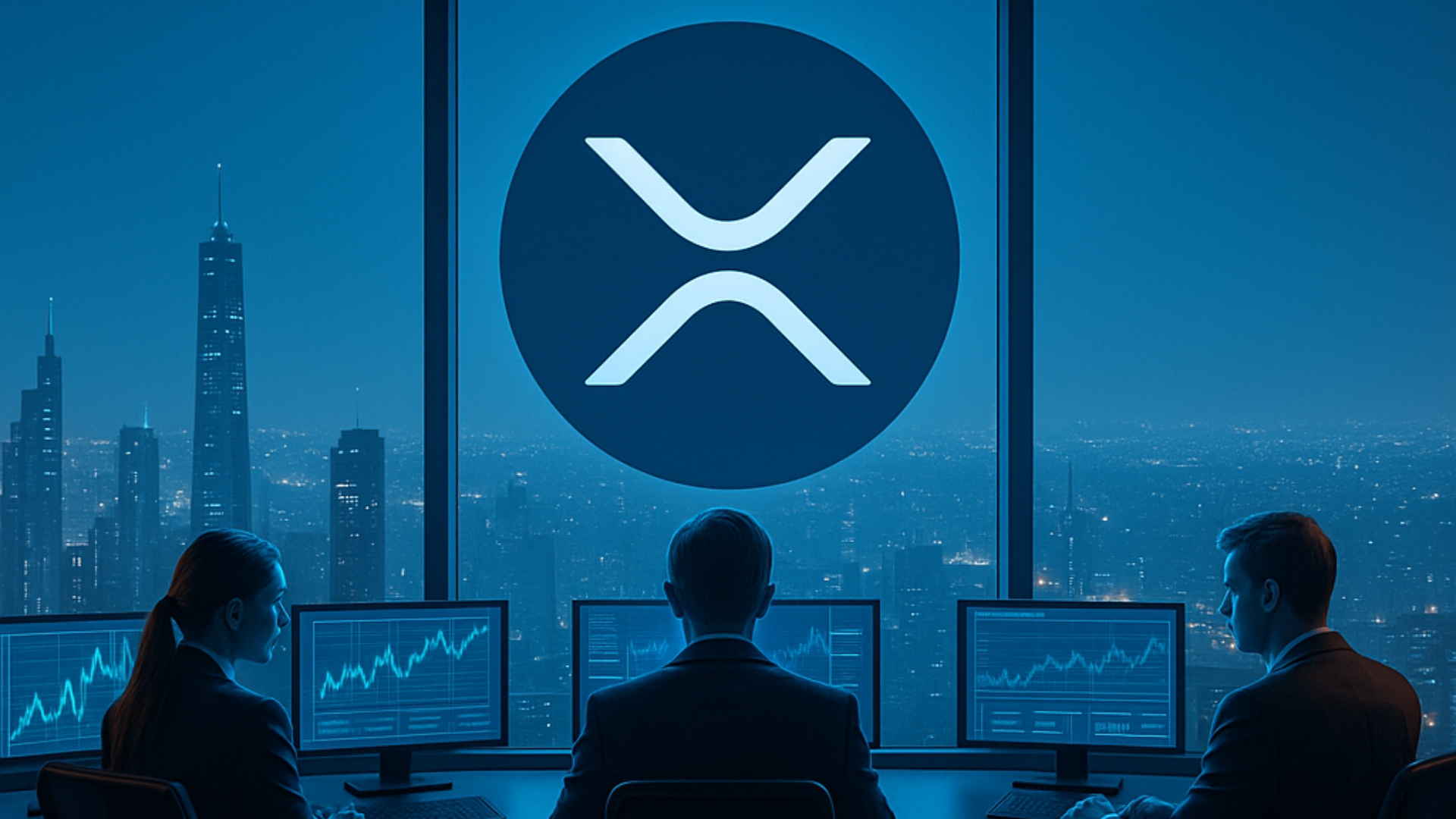
The story of Mt. Gox, once the world’s largest Bitcoin exchange, remains one of the most defining events in crypto history. A dramatic rise, a catastrophic collapse, and a decade-long path to recovery have turned Mt. Gox into both a cautionary tale and a lesson in how the crypto industry learned to value security and transparency.
What Is Mt. Gox?
The origins of Mt. Gox are surprisingly unrelated to crypto. In 2007, Jed McCaleb, a developer, created Magic: The Gathering Online Exchange (MTGOX) as a platform for trading fantasy card game items. But in 2010, he pivoted the domain into a Bitcoin exchange, sensing the potential of this emerging digital asset.
A year later, McCaleb sold the platform to Mark Karpeles, a French developer based in Japan. Under Karpeles’ leadership, Mt. Gox exploded in popularity. By 2013, it was handling over 70% of global Bitcoin transactions, making it the undisputed hub of the crypto economy.
The Downfall of Mt. Gox
The tide turned in February 2014, when Mt. Gox suspended trading and quickly filed for bankruptcy both in Japan and the U.S. The reason: an estimated 850,000 BTC (worth around $450 million at the time) had been stolen from the exchange’s wallets. The theft was catastrophic, shaking the confidence of users and triggering one of the largest financial debacles in crypto’s short history.
As the dust settled, it was revealed that 750,000 BTC belonged to users, while 100,000 BTC were the exchange’s own funds. The theft accounted for around 7% of the total Bitcoin supply at the time. Investigators later discovered that the private keys to Mt. Gox wallets had been compromised as early as 2011, allowing hackers to siphon off funds slowly over several years without detection.
Bankruptcy and Recovery Efforts
The bankruptcy filing on February 28, 2014, came just four days after Mt. Gox halted withdrawals. Investigations and creditor claims took years. In May 2016, Kraken exchange helped complete the collection and verification of thousands of creditor claims.
By 2018, a Japanese court approved a civil rehabilitation plan, which aimed to return assets to users in the form of Bitcoin and Bitcoin Cash, rather than converting everything into fiat currency.
Mt. Gox Payments to Creditors
It took nearly a decade for creditors to begin receiving compensation. In December 2023, the first wave of payments was finally issued. As of March 2025, Mt. Gox still holds around 35,000 BTC, valued at over $3 billion, earmarked for ongoing repayments.
Originally, the repayment deadline was October 31, 2024, but it has since been extended to October 31, 2025, due to delays in verification and processing.
Mt. Gox in 2025: Bitcoin Movements Signal Repayments
Speculation about upcoming payments intensified in March 2025 when blockchain analytics firms spotted large Mt. Gox wallet movements:
- On March 25, Mt. Gox moved 11,501 BTC, including 893 BTC to a warm wallet and 10,608 BTC to another Mt. Gox-controlled address.
- Earlier transfers on March 6 and March 11 moved 12,000 BTC and 11,833 BTC respectively, some of which reached centralized exchanges like Bitstamp.
These movements have fueled expectations that more creditor repayments are imminent.
Who Was the Mt. Gox Hacker?
To this day, the identity of the Mt. Gox hacker remains unknown. Some theories suggest an inside job, while others suspect state-backed actors such as North Korean hackers. However, none of these theories have been definitively proven, and the mystery continues to haunt the crypto space.
The Legacy of Mt. Gox
Mt. Gox’s failure had a profound impact on the crypto industry. At its peak, Bitcoin was trading for over $1,000, and Mt. Gox was processing billions in volume. Had it survived, it might have rivaled today’s giants like Binance or Coinbase.
Yet its collapse was not in vain. It catalyzed a wave of industry wide security reforms, prompted regulatory involvement, and reinforced the importance of custodial transparency. It also gave rise to new tools for proof-of-reserves, user education, and legal recourse in crypto finance.
Final Thoughts
The fall of Mt. Gox stands as a stark reminder of what happens when security, governance, and user protection are neglected in a rapidly growing industry. While victims are only now beginning to see justice over a decade later, the collapse helped shape a more resilient and mature crypto ecosystem.
In a way, Mt. Gox’s downfall was the price of evolution an expensive but invaluable lesson the crypto world won’t forget.
























































































































































































































































































































































































































































































































































































































































































































































































































































































































































































































































































































































































